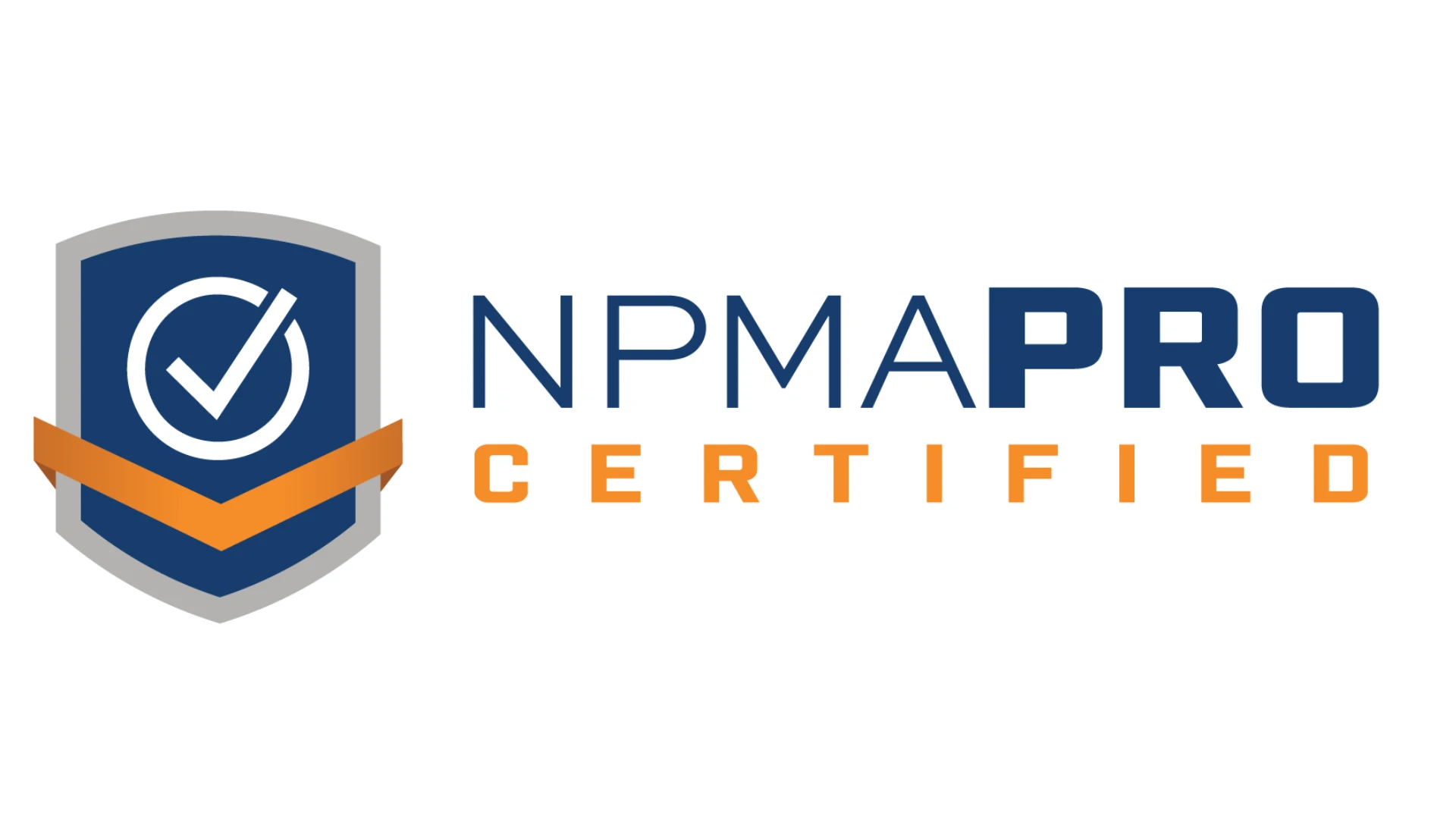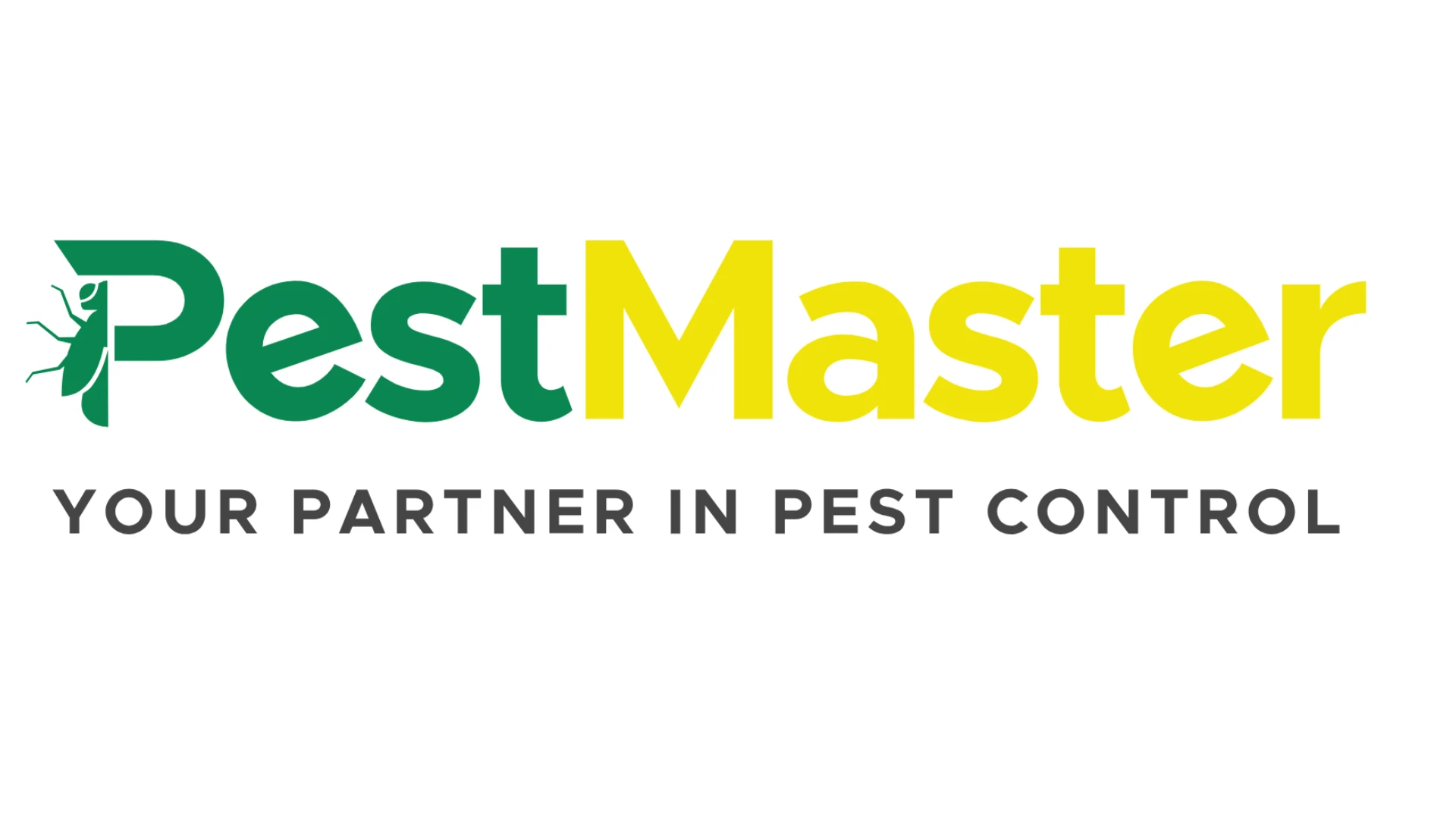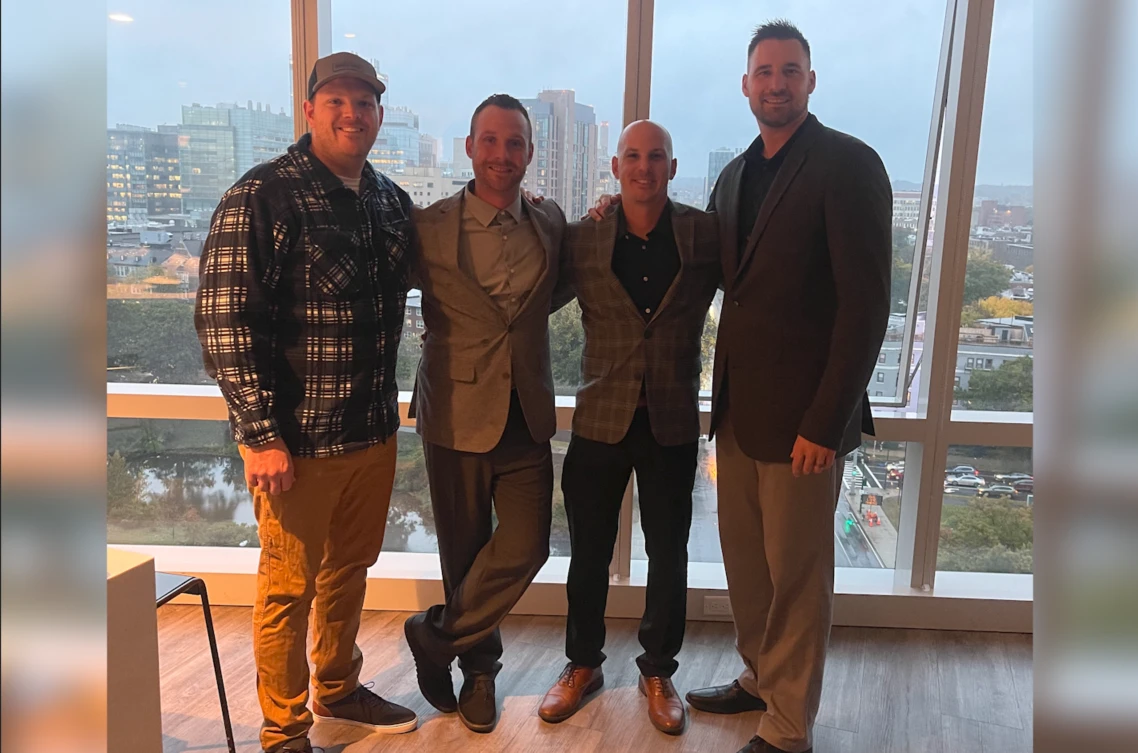Before someone jumps in to correct my Latin, I know it is incorrect; however it conveys my point. Recently, the city council and mayor of Lyndhurst, Ohio, concluded in their infinite wisdom that, "the risk benefit/analysis conducted by experts clearly indicates that the dangers of West Nile virus (WNV) are minimal and affect a very small segment of the population and that the long-term health and environmental risks of spraying with synthetic pesticides poses a much greater risk."
Perhaps the greatest irony of this is that Ohio had one of the first cases of WNV reported in 2003. Furthermore in 2002, Ohio reported 441 WNV cases (third nationally) and 31 people were killed by the virus. What concerns me most is the disregard for human life, particularly the young and elderly who are most likely to die from the disease and the value placed on human life by these supposed well intentioned public officials.
The national score in 2002 was:
• WNV: 284 killed and 4,156 reported infected
• ALL pesticides used to control mosquitoes: 0 killed and 0 affected
And then there was the council’s statement that, "there is substantial belief that the more effective way of controlling the mosquito population is by larvacide treatment and through education of the city’s residents regarding methods and procedures to minimize exposure to the virus." While several times they cite the lack of demonstrated efficacy by CDC and EPA for adulticiding, they use the terms "substantial belief" (no cited studies by either agency) to support their contention that these non-adulticiding strategies are any more efficacious.
THE FACTS. One fact that they obviously failed to consider was another CDC finding (Surveillance for Acute Insecticide-Related Illness Associated with Mosquito-Control Efforts — Nine States, 1999-2002. MMWR 52(27): 629-634): "...serious outcomes potentially related to public health insecticide application were uncommon. When administered properly in a mosquito control program, insecticides pose a low risk for acute, temporary health effects among persons in areas that are being sprayed and among workers handling and applying insecticides."
Dr. Epstein, medical doctor of the Harvard Medical School Center for Health and the Global Environment, stated, "It is entirely possible that the North American impact of West Nile virus will be as significant in 2003 as it was in 2002." Causey, a Ph.D., indicated that the focus on human cases is an oversimplification considering the disease’s impact on more than 230 animal species, most notably birds. Obviously this is of no concern to the protectors of Lyndhurst.
It is interesting that the council cites the District of Columbia, which does not spray adulticides for West Nile Virus. The truth of the matter is that while the District has implemented a surveillance program and does some larvaciding, there is no city-wide effort to clean-up the trash and refuse throughout the city that provides breeding sites for the primary vector of WNV, Culex pipiens. The media has begun to mention the importance of source reduction and personal protection — but to little avail.
The purpose of hiring mosquito abatement and pest management professionals is to allow them to make informed decisions about the appropriate course of action to take in the event of a vector-borne disease outbreak. Most of these people have many years of experience in vector control and are familiar with the full gamut of options:
• Public education
Surveillance
• Avoidance
• Personal protection
• Source reduction
• Larvaciding
• Adulticiding
TREATMENT OPTIONS. I have been involved in varying degrees of mosquito abatement throughout my 34-year professional career. I know many of the leading researchers in the field and many of those who operate mosquito abatement districts/operations.
Of those I know, I think without exception they would use the procedures outlined previously (and typically in that order). I know of none that would be clamoring to go out and begin adulticiding at the mention of WNV, St. Louis encephalitis or Eastern equine encephalitis. The reasons for this are simple: ULV adulticiding is transient and effective for relatively short periods of time, it is a political "hot potato" and it is expensive; however it is a tool.
That being said, there are times when ULV applications have proven to be extremely effective and for all practical purposes the only option. Most notable in my career was in 1989 when Hurricane Hugo battered the Carolinas. The recovery efforts almost ground to a halt not because of a disease outbreak, but because the mosquito populations were overwhelming and the bloodletting was relentless. At the request of FEMA, the U.S. Air Force Aerial Spray Wing treated about 840,000 acres. No pesticide-related injuries were reported as the result of this operation and the recovery work continued relatively bite free.
It is interesting how politicians with no experience and armed with information from biased public interest groups second guess professionals for the well-being of all. In my case I prefer to put my faith in professionals, let them have all the tools (those that are U.S. EPA registered) they need to do their jobs and let them do it.
Always remember to vote — it’s your protection against these politicians.
The author is technical director of American Pest Management, Takoma Park, Md. He can be reached at 301/891-2600 or rkramer@pctonline.com.
WANT MORE?
Enter your email to receive our newsletters.

Explore the September 2003 Issue
Check out more from this issue and find your next story to read.
Latest from Pest Control Technology
- Scorpion Launches Capacity Marketing Engine
- Petti Pest Control Owners Reflect on Finding Success as a Father-Son Duo
- Effective Mitigation of Crow Infestations
- Mosquito Control: Spraying vs. IPM
- Terminix Service's Leaders Inducted into South Carolina Business Hall of Fame
- Christner on Colorado's Preemption Roll Back on Business Growth
- How to Get Rid of Odorous House Ants
- Massey Services Promotes Herndon to Director of Sales for Multi-Family Division









